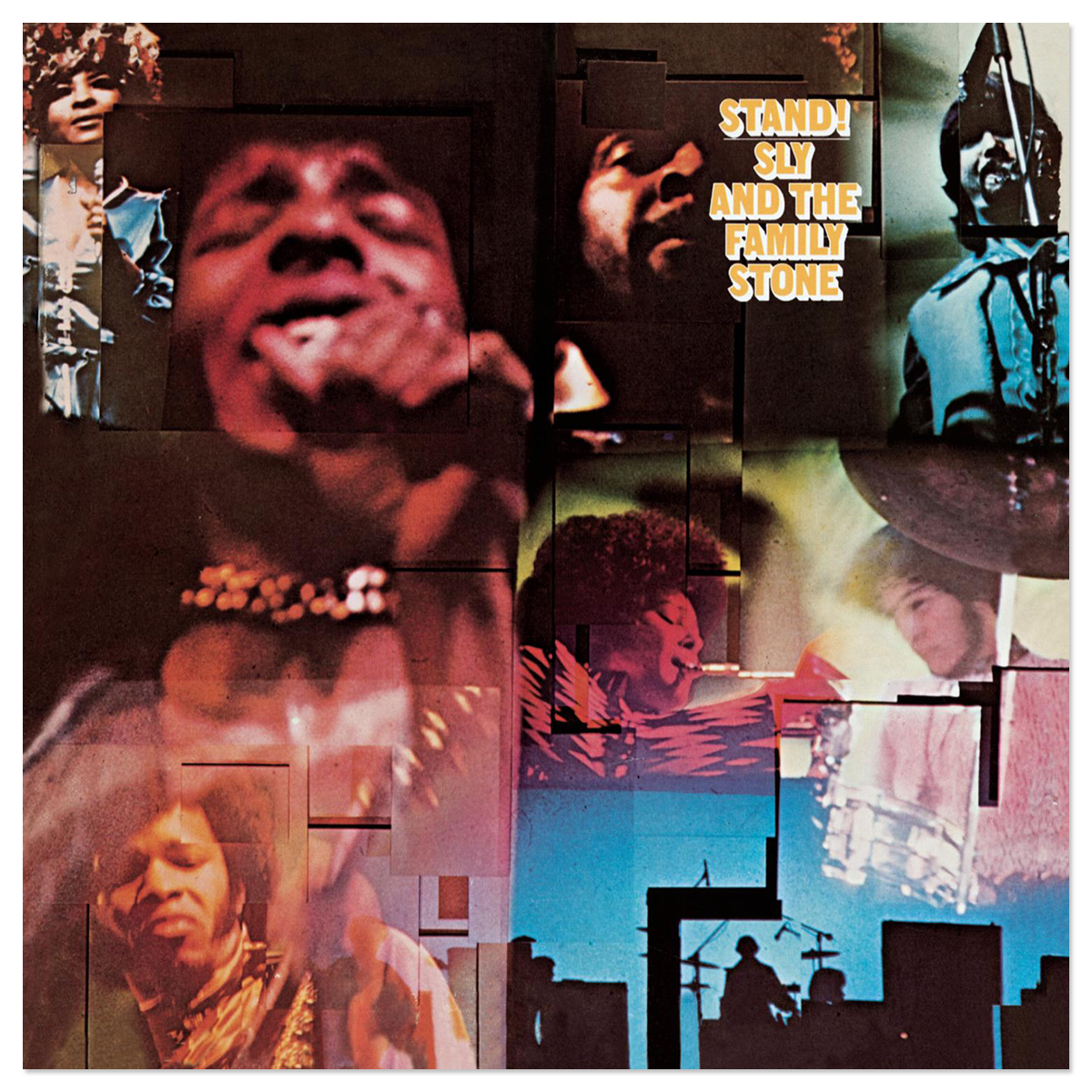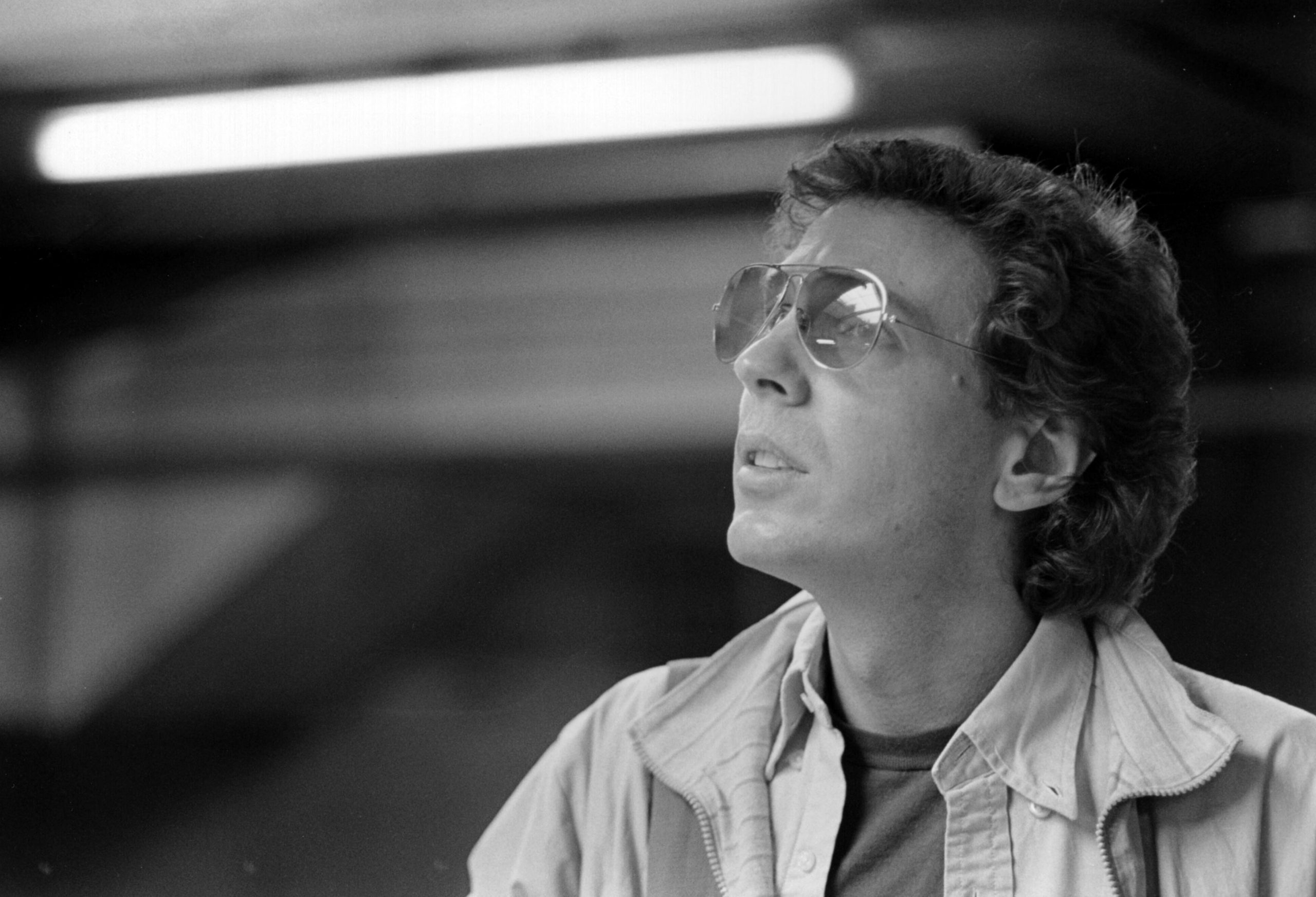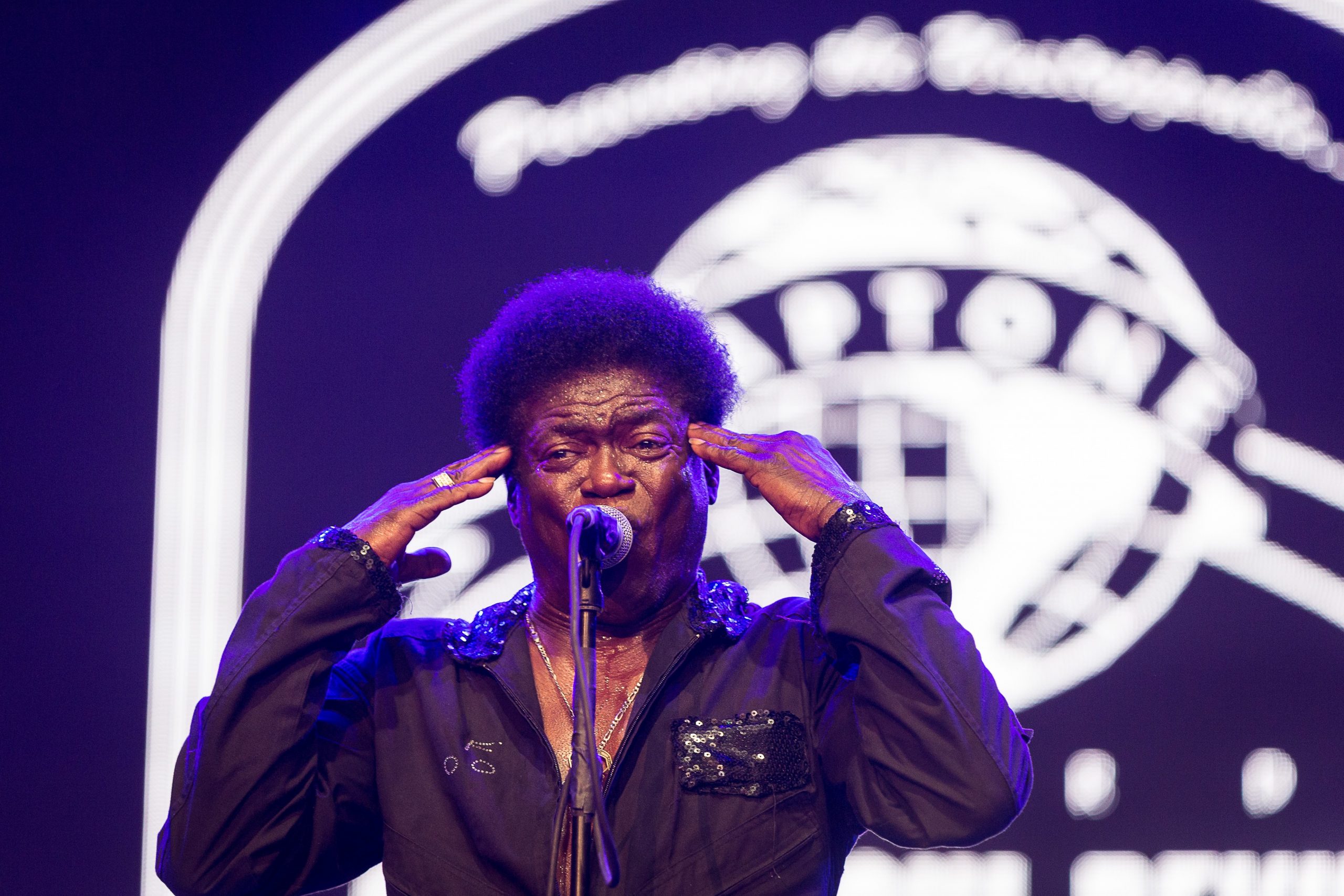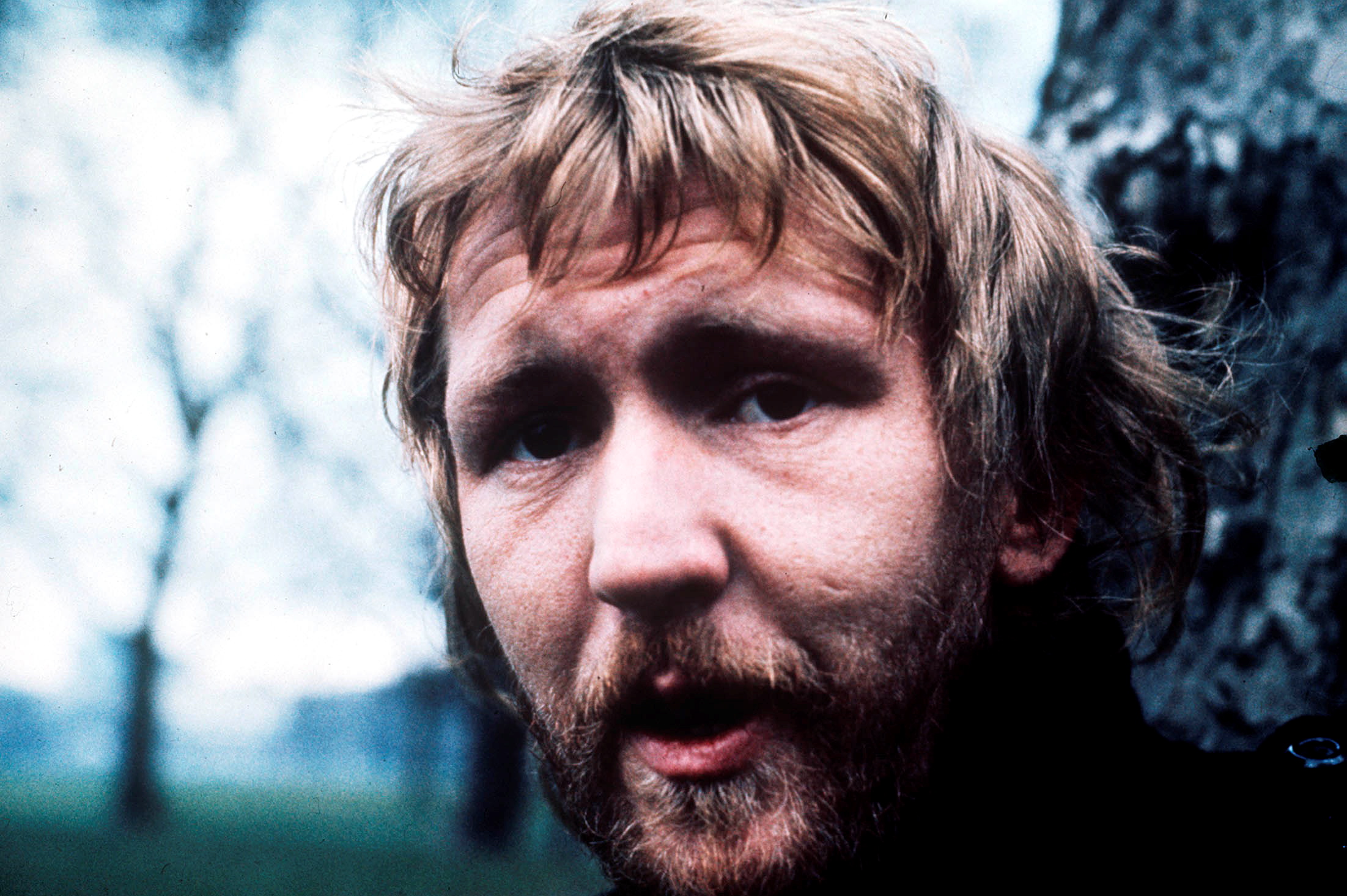Bill Withers cut one single in 1967 as his (and anybody's) sole release for the one-and-done label Lotus: his own uptempo if downbeat composition "Three Nights And A Morning," backed with a Motown-esque version of Irving Berlin's "What'll I Do." Despite a pop-friendly arrangement by Mort Garson -- a year after he arranged the Sandpipers' "Guantanamera," and a year before he did the strings for Glen Campbell's "By The Time I Get To Phoenix" -- the single, the label, and the singer went nowhere. In the latter's case, "nowhere" meant back to a factory job installing airplane toilets for the Douglas Aircraft Corporation, though having a day job that paid the bills also meant having one that could pay for demo tapes, too. That tape made its way to Sussex Records in 1970, less than a year after Clarence Avant formed the label, and by the summer of '71 one of the songs he'd written for that demo, "Ain't No Sunshine," peaked at #3 on the Billboard Hot 100.
Withers, the skeptic that he was, still clung onto the old warning of "don't quit your day job," even though that line typically doesn't apply to artists who wind up cutting sessions with Booker T. Jones and Stephen Stills. The factory made the decision for him; he was laid off months before the album was released. Then they sent him a letter asking him to come back to the workforce the same day he received an invitation to play "Ain't No Sunshine" on Johnny Carson's Tonight Show. Then he recorded "Lean On Me" and "Use Me" and played Carnegie Hall and the Zaire '74 concert and basically spent the '70s as one of the greatest singer-songwriters of R&B and arguably any other genre. Withers found himself in the same league as Stevie Wonder, only Stevie notched his first hit when he was 20 years younger and had himself something of a head start. And then, within 10 years, Withers' fears of a fickle record industry came true. After being jerked around so severely by manipulative Columbia Records A&Rs trying to reshape him into a different kind of star than the singer-songwriter everyman he was, he receded far enough from the spotlight that he disappeared from it completely.
But he earned his due -- if not from the industry, then from his peers, many of whom recognized him as one of the great songwriters of the time. The list of soul and jazz greats who covered "Ain't No Sunshine" is peerless: Nancy Wilson, Michael Jackson, Grover Washington, Jr., the Temptations, Freddie King, Brother Jack McDuff, Lyn Collins, the Dells, Isaac Hayes, Roy Ayers -- and that's just through 1973. But the trick of it is that "Ain't No Sunshine" works in so many other forms, too, often from unpredictable places that prove just how adaptable and genre-transcending Withers could be as a composer. Here's some of the wilder ones.
Rahsaan Roland Kirk (1971)
[videoembed size="full_width" alignment="center"][/videoembed]
Kirk might have been best known in jazz circles for his ability to play multiple instruments at once -- often with the help of his renowned "circular breathing" technique, which let him hold sustained notes for superhuman amounts of time or play the flute with his nose while speaking simultaneously. But that attention-getting technique (which also served as a route into some amazing one-man-horn-section harmonics) is only part of the story. As a musician, Kirk was also a strong proponent of breaking down genre, era, and "high"/"low" barriers in the service of expanding the possibilities of jazz as what he called Black Classical Music. His 1972 LP Blacknuss, recorded over two sessions in 1971, was his biggest shot at reconciling jazz and the contemporaneous pop and R&B of the time, which meant Marvin Gaye ("What's Goin' On/Mercy Mercy Me (The Ecology)"), the Temptations ("My Girl"), the Jackson 5 ("Never Can Say Goodbye"), Bread ("Make It With You") and "Ain't No Sunshine" leading it all off. Kirk's gasping, pained yet graceful flute/humming recreation of Withers' vocal melody captures all that emotion perfectly without merely sticking to the script, and that goes for the rest of the arrangement, too. Get a load of the conga-driven Latin-style breakdown in the middle.
Scott Walker (1973)
[videoembed size="full_width" alignment="center"][/videoembed]
Credit Pulp's "Bad Cover Version" if you want to pinpoint where the mystique of a young Scott Engel initially dropped off -- right around 1970 with, as Jarvis Cocker accused, "the second side of 'Til The Band Comes In." It was the lackluster commercial success of the now-revered 1969 LP Scott 4 that drove Walker to give up the ghost as far as recording under his birth name was concerned, and the self-penned eccentricity of his previous LP's songs was pared down seriously, too -- not just on Band but subsequent records like 1972's soundtrack-repertoire The Moviegoer and 1973's all-covers Any Day Now. This latter album's got a remarkably wide range -- Cateano Veloso's heartbreaking MPB ballad "Maria Bethania," Randy Newman's death-of-the-West "Cowboy," and the goopy soft rock of "If" by Bread (them again!). And with his performance of "Ain't No Sunshine," treading a different side of the three-border-line between easy listening, R&B, and guitar-rock ballad that Withers did, there's still the sense that Walker singing someone else's words instead of his own (or Jacques Brel's) did nothing to blunt his smooth, intangibly haunting qualities as a vocalist.
Junko Ohashi (1974)
[videoembed size="full_width" alignment="center"][/videoembed]
Detailed info on Japanese pop/soul singer Junko Ohashi is tricky to find in English, but her 1974 debut LP Feeling Now is filled with English-language covers of '70s soul classics from the Stylistics' "Stop, Look, Listen (To Your Heart)" (where she nails every nuance of Russell Allen Thompkins Jr.'s falsetto) to Melba Moore's "Look What You're Doin' To the Man" -- along with some translated-to-Japanese takes on Roberta Flack's "Killing Me Softly With His Song" and 5th Dimension's "(Last Night) I Didn't Get To Sleep At All." "Ain't No Sunshine" is the closer, and the show-stopper at that. This version has it all: a recurring inverted "Ironside" synth-siren, a guitar perfectly poised halfway between keening blues and wah-wah funk, some immaculate strings that feel both opulent and tense, and a lead vocal from a woman who could be singing phonetically, but makes it difficult to tell.
Augustus Pablo (1975)
[videoembed size="full_width" alignment="center"][/videoembed]
The instrumental "Ain't No Sunshine" cover retitled as "Thunder Clapp" (or "Thunder Clap," depending on the release) is something of an uncharacteristic deep cut for dub legend Augustus Pablo. There's none of his characteristic ghostly melodica noodling, though he does punch his way through that familiar Withers vocal line on the clavinet, one of his other signature instruments. And the timing doesn't benefit it much, either. When it was released as a single in '75, a Bill Withers cover had significantly less pull than another cut, "King Tubby Meets The Rockers Uptown," which received a wide international release on Island that same year and quickly became not just Pablo's signature song but one of the greatest dub singles ever recorded. But getting to hear Pablo as an interpreter's pretty amazing anyway. When you're playing a keyboard in place of Withers' voice, there's a lot of different ways to mess around with that "I know I know I know" delivery, and Augustus gets borderline Thelonious with it on the unpredictable, wandering timing of his riffs.
Harlem Underground Band (1976)
[videoembed size="full_width" alignment="center"][/videoembed]
Given all its covers, interpretations, and interpolations, it's inevitable that at least one version of "Ain't No Sunshine" achieved breakbeat immortality. Harlem Underground Band's LP Harlem Underground was released in 1976 on Paul Winley Records -- the same Paul Winley Records that released the first Afrika Bambaataa 12" (including the notorious live bootleg DJ set Death Mix - Live!!!) and made Paul's daughters Tanya and Paulette the first well-known women to release rap singles. Harlem Underground Band were something of a minor supergroup in that they featured the likes of jazz legend George Benson on guitar, pop/R&B keyboardist and '50s/'60s instrumental hitmaker Dave "Baby" Cortez on organ, and Prestige's prolific soul-jazz saxophonist Willis Jackson. They didn't earn much more than cult status in their time despite their top-notch personnel and the killer Side-A two-fer of weed-funk vamp "Smokin' Cheeba Cheeba" and the shit-talk blues of "Fed Up," but Winley found a smart, unprecedented way to put his back catalogue back on the shelves a few years later: the superfluous-apostrophe-sporting yet pioneering Super Disco Brake's compilation series, which kicked off in 1979 and highlighted songs that might find new life in the hands of a certain subset of DJs known for rocking parties in the Bronx. The series mixed some Paul Winley Records joints in with questionably sourced, rights-skirting appearances by now-canonical b-boy cuts like the Incredible Bongo Band's "Apache" and the Beginning Of The End's "Funky Nassau," but "Cheeba" took precedence over the brief if funky "Ain't No Sunshine" cover in crates at the time, probably to being more danceable. That didn't stop the Beatnuts from finding the perfect context for it in their blunted, vibes-laced and jazz-influenced beat for "No Equal" on their debut EP Intoxicated Demons in '93, RZA's dizzying backspin-delirium beat for Ghostface Killah's "Stroke Of Death" in 2000, and the woozy loping Tyler, The Creator beat that put Earl Sweatshirt on the radar back in 2010 with "Earl."
Bobby Bland (ca. 1989)
[videoembed size="full_width" alignment="center"][/videoembed]
Looking at the listings on WhoSampled.com might not be the most rigorous scientific method, but it's telling how a song that was covered dozens of times in 1972-73 and still held a certain status as a renowned soul standard in the late '70s practically vanished from the covers repertoire in the '80s -- much like Withers stepped away from music at around the same time. From what I can gather, we can choose from: an Al Jarreau version attributed to 1983, but presumably lifted from an old '70s demo session consisting entirely of Bill Withers covers and released under dicey/confusing circumstances; a Polish version with emotive vocals but cringeworthy '80s-to-a-fault production; a hellfire-and-brimstone rewrite by gospel icons the Clark Sisters that's a rerecording of their 1974 song "Check Out Yourself;" and Sydney Youngblood New Jack Swinging all over it. But somewhere in that dead zone between "contemporary hit" and "old standard," we got blues/R&B legend Bobby Bland adding it to his repertoire, and damn. The version he recorded for his 1989 album Midnight Run is its own thing -- a Hall Of Fame voice sinking into the structure of the song so deeply the sawn-off beige-and-pastel flatness of the production is cancelled out almost entirely. But get a load of this live version he does from a show in St. Louis sometime around then, where he does all that over an amazing live band and throws in some top-shelf half-sung crowd banter to bring out some unexpected levity in the song ("Is that your sugar? Looks like you got your work cut out for you").
Paul McCartney (1991)
[videoembed size="full_width" alignment="center"][/videoembed]
Somehow, "Ain't No Sunshine" wound up in not one, but two aging-rockstar setlists for live acoustic shows in 1991. One of them was by Sting, and it sounds just about how you'd expect an Extremely Tasteful early-'90s solo Sting to sound (which, in one reporter's opinion, is "yeesh"). The other is Paul McCartney, whose performance and release of Unplugged - The Official Bootleg is widely credited with the MTV concert series becoming a franchise that could actually move units in record stores. And even though the Beatles came up covering the songs of their R&B peers in the early '60s, it still seems a little surprising to hear McCartney do so as a solo artist -- maybe because when "Ain't No Sunshine" was originally released, Paul McCartney was all-caps PAUL MCCARTNEY and putting out albums like Ram (a classic) and Wild Life (not so much) in an effort to push through all the animosity and now-what regrouping of his post-Beatles career. In a setlist that's heavy on Lennon-McCartney, solo McCartney, and oldies you could imagine ricocheting through the Cavern Club in '62 ("Be-Bop-A-Lula," "Good Rockin' Tonight," "Singin' The Blues"), "Ain't No Sunshine" almost feels a little out of place -- until you hear it, anyway. McCartney turns out to practically inhabit that tone of voice Withers brought to the table.
DMX (2001)
[videoembed size="full_width" alignment="center"][/videoembed]
This is cheating just a bit -- this isn't really a cover, just a hip-hop track that shares an interpolated chorus and (part of) the title. But it's 2001 DMX, still riding off the juggernaut momentum of his first three albums and en route to the anxious bleakness of his fourth (the underrated The Great Depression), so let's make an exception here. "No Sunshine" was released for the soundtrack to Steven Seagal co-feature Exit Wounds, the second movie in what cinephiles call "The Andrzej Bartkowiak Puts DMX In A Movie With A Martial Artist Trilogy" between Romeo Must Die and Cradle 2 The Grave. And... I guess it sort of almost works? The song, I mean, not the movie. It's a real stretch to turn a song about loss and temptation into a string of murder threats, even if there's enough deeply buried melancholy under X's flow to hint at the possibility that this killing spree's not exactly a cheesy fun action-movie rampage. Aside from the threat to waste somebody so hard "be like 'Damn ain't nothin' left of money, but a pile of ash,'" he goes on to tack on the morbid truism, "life is good, so please enjoy it while it lasts" anyway, in case you almost chuckled at that previous line.
Black Label Society (2013)
[videoembed size="full_width" alignment="center"][/videoembed]
I'd really like to focus on the song here, and how it is Zakk Wylde stretching his legs on an acoustic rendition of a soul song generally depicted as something out of bounds for your garden-variety hesher, and how there's some genuine pathos in his Southern-rock-tinged performance (not bad for a Jersey boy), and yet what is this video? What is he doing? Why are they doing this? HOW? Why is the clip for a 100% non-ironic and heartfelt-sounding take on one of the most emotionally direct songs ever written a narrative about a guy in a horse mask and a guy in a chicken mask fighting over a woman in a unicorn mask? Why are these characters depicted drinking at a bar, as in literally trying to drink at a bar through their masks and failing? Why is Wylde only wearing the horse mask in some scenes, except for the one where he's sitting on a motorcycle in the rain and when he's playing his guitar in a way that doesn't actually match up with the music, and what even?






